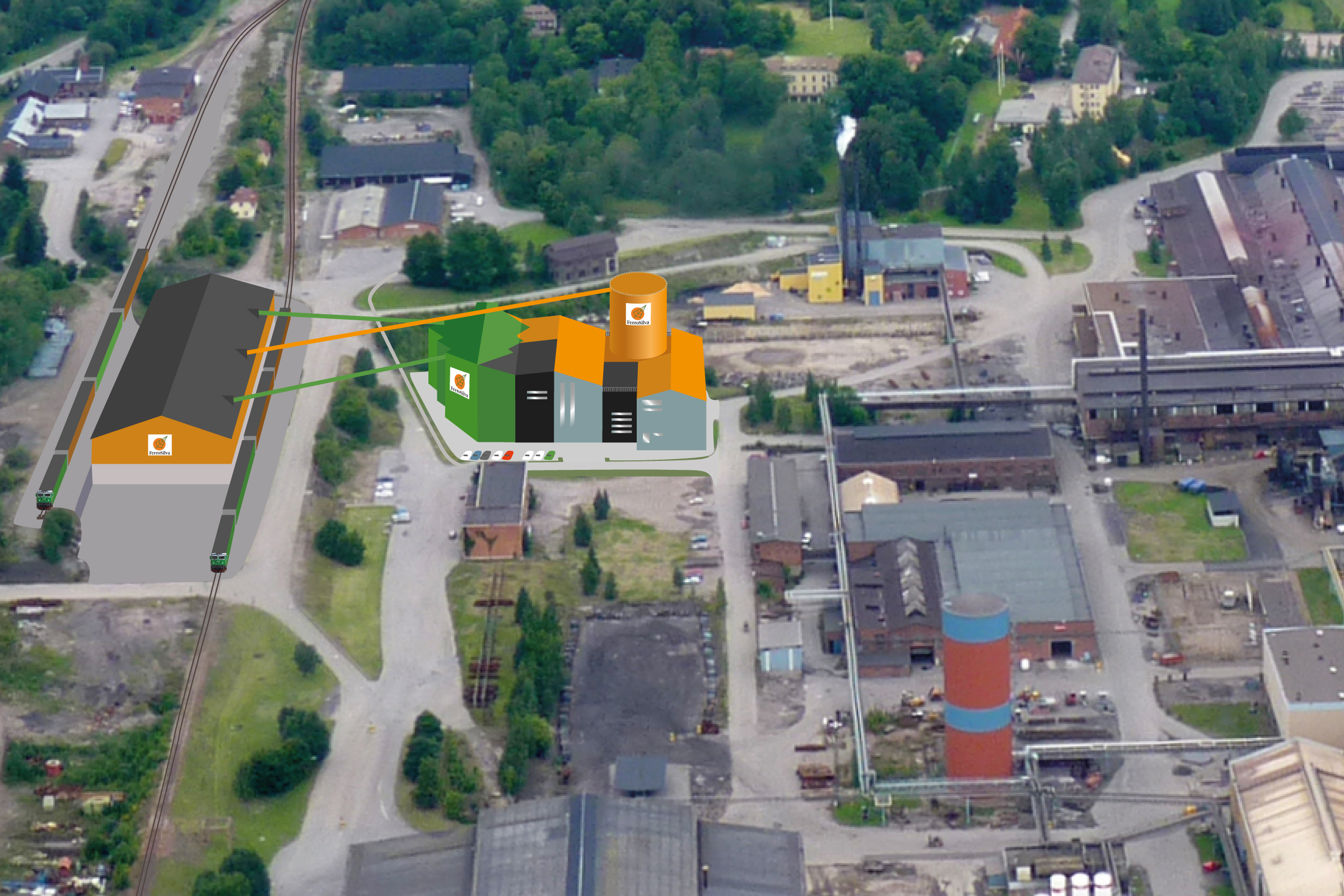The company FerroSilva has developed a completely new process for the production of fossil-free sponge iron, in collaboration with KTH Royal Institute of Technology, Chalmers University of Technology, Sveaskog and Ovako, among others. The ambition is that the first factory, with the capacity to produce 50,000 tons of fossil-free sponge iron per year, will be completed in 2026. “Our process requires less than a tenth of the electricity per ton of sponge iron produced compared to the electrolysis-based initiatives,” write representatives of FerroSilva on Dagens Industri Debatt.
“The much-discussed hydrogen-based methods for producing fossil-free sponge iron are very electricity-intensive. Our process requires less than a tenth of the electricity per ton of sponge iron produced, as most of the energy used in our process is stored in forest residues that we gasify,” says Göran Nyström at FerroSilva.
It is in collaboration with KTH and Chalmers and with the support of Lantmännen, Sveaskog, Ovako, Uddeholm and Alleima (formerly Sandvik Materials Technology) that FerroSilva has developed the new process to produce fossil-free sponge iron. In the fall of 2022, an extensive feasibility study was completed and FerroSilva’s calculations show that the production method will be more cost-effective than other currently known initiatives to produce fossil-free sponge iron in Europe.
The process is described in an opinion piece in Dagens Industri today: “FerroSilva is, to our knowledge, the first in the world to commercialize this process, which is particularly suitable for countries with good access to biomass and where access to electricity is a limiting factor. The FerroSilva process also does not require an extended electricity grid infrastructure … The result of our process is sponge iron that has been created with negative carbon dioxide emissions,” write company representatives.
The plan is to break ground as soon as possible for FerroSilva’s first factory at Ovako’s Hofors plant, with a planned start-up in 2026 and a capacity to produce 50,000 tons of fossil-free sponge iron. The energy-efficient process generates and captures several useful industrial inputs such as biochar and captured biogenic carbon dioxide that can be used, for example, for the production of electrofuels.
“We have letters of intent in place with Sveaskog for our input material and with Ovako for land use, as well as an offtake agreement with Ovako for parts of our future production of fossil-free sponge iron. In addition, there are letters of intent with OX2 and Linde for parts of our future production of liquid biogenic carbon dioxide,” says Göran Nyström.

